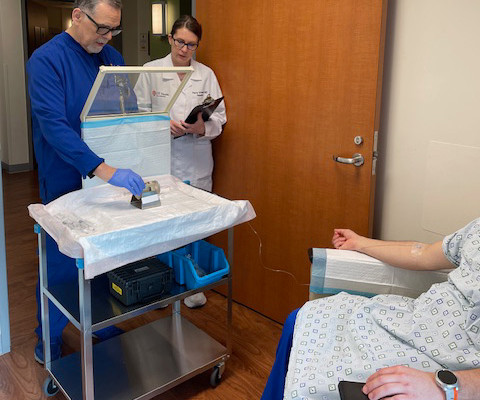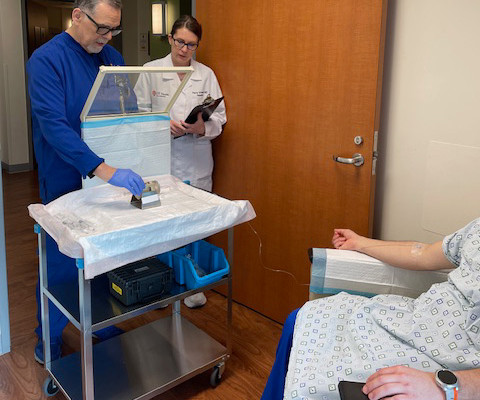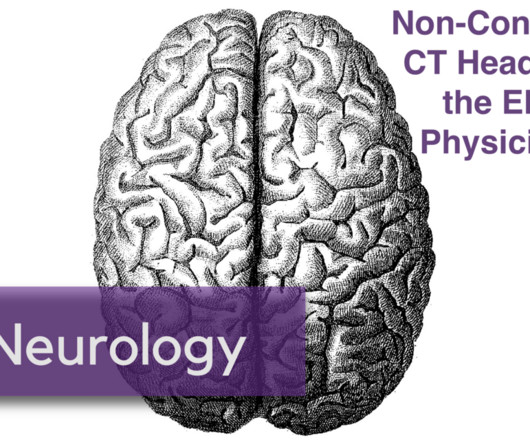The rise of theranostics: Part 1 -- Gaining momentum
AuntMinnie
MARCH 26, 2024
Food and Drug Administration's (FDA) approvals of radiopharmaceuticals for neuroendocrine tumors and then for prostate cancer, theranostics has picked up momentum in clinical practice, propelled by encouraging research. After binding to the receptor, the drug works by entering the cell allowing radiation to cause damage to the tumor cells.













Let's personalize your content